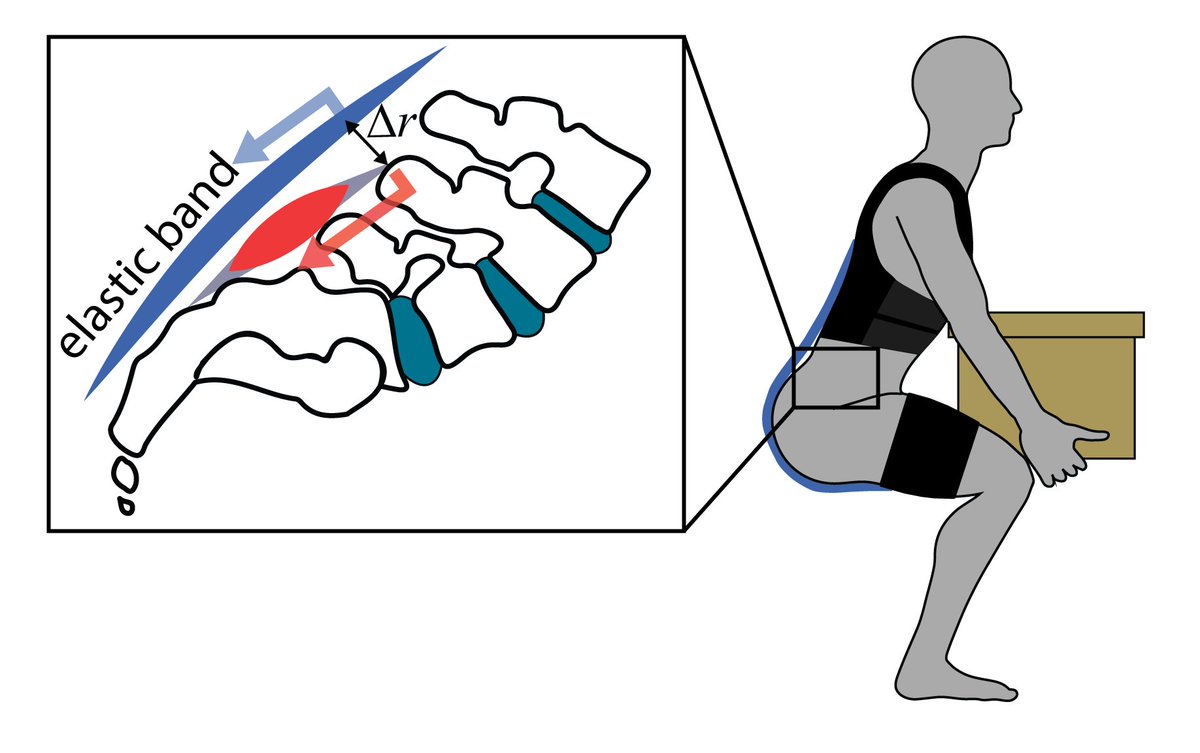
Professor @VanderbiltU. Co-Founder & Chief Scientist @HeroWearExo. No longer active on X. Find me at: https://t.co/wOUTdP3t0H or https://t.co/PeYDtfqMh1
How to get URL link on X (Twitter) App


 1. Improving worker safety & fostering a better safety culture in the construction industry.
1. Improving worker safety & fostering a better safety culture in the construction industry. 


 @jointbme @CLEAR_NCSU_UNC 1. Spend more time with users
@jointbme @CLEAR_NCSU_UNC 1. Spend more time with users



 First, huge kudos to lead author @lamers_erik who completed his PhD last month!
First, huge kudos to lead author @lamers_erik who completed his PhD last month!
 I'd love to get input/perspective from folks w/ experience/expertise in diagnostic & screening tests.
I'd love to get input/perspective from folks w/ experience/expertise in diagnostic & screening tests.

 We discovered that if we pull on people over multiple days, then by the 4th day they tolerated 20-35% higher forces than on the 1st day, before reaching their comfort limit. Multi-day habituation (to forces from exo/robot) makes a big difference in user comfort & experience! 2/
We discovered that if we pull on people over multiple days, then by the 4th day they tolerated 20-35% higher forces than on the 1st day, before reaching their comfort limit. Multi-day habituation (to forces from exo/robot) makes a big difference in user comfort & experience! 2/

https://twitter.com/SportrxivB/status/1214575554780729344@EmilyMatijevich @leonscottmd This is a follow up to our 2019 paper which raised concerns that common GRF, impact, load rate, acceleration & tibial shock metrics are often being misused & misinterpreted in scientific studies & commercial #wearables that seek to track injury risk.


 @ISB_ASB2019 @OssurCorp Previous studies on similar microprocessor-controlled ankles have focused on group-level results (inter-subject mean). Our study builds upon this by presenting subject-specific results and investigating to what extent individual responses agree with the group-level results. 2/n
@ISB_ASB2019 @OssurCorp Previous studies on similar microprocessor-controlled ankles have focused on group-level results (inter-subject mean). Our study builds upon this by presenting subject-specific results and investigating to what extent individual responses agree with the group-level results. 2/n 